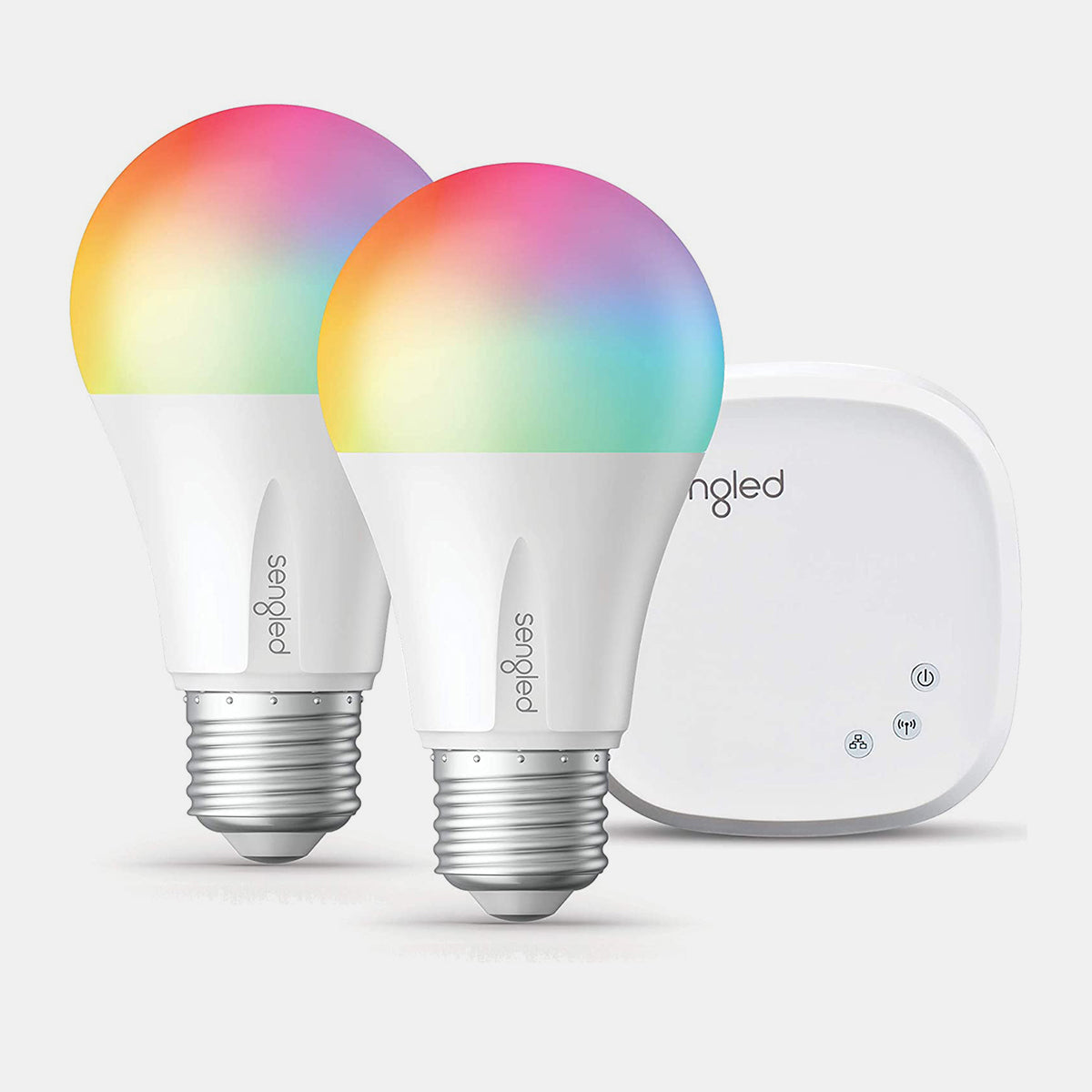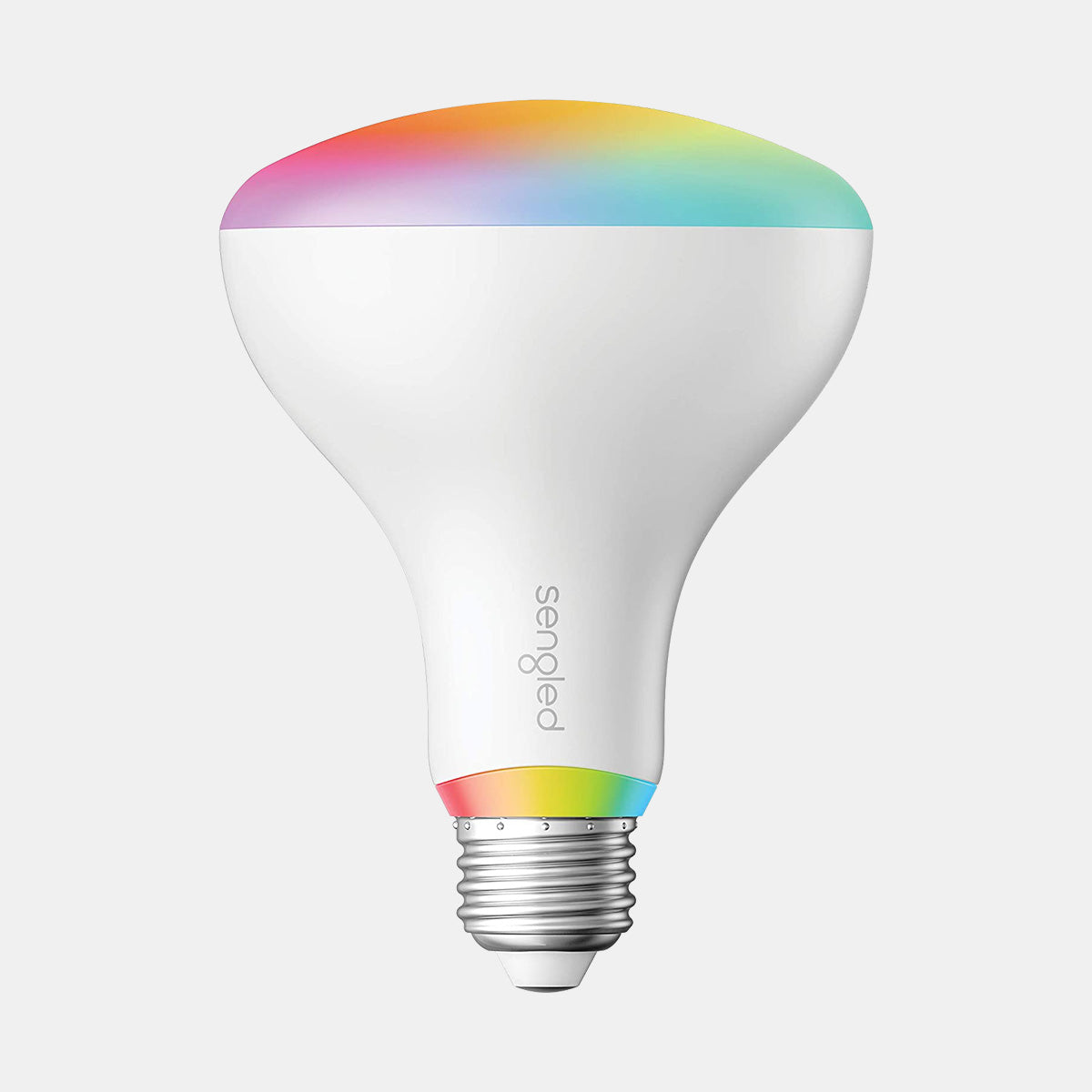Smart lighting systems not only stand at the forefront of technological innovation and energy efficiency but also embody the principles of sustainability and environmental stewardship—values that are celebrated during Earth Day and National Park Week in April. In this blog, we'll delve into the intersection of smart lighting, sustainability, and these important observances, shedding light on how embracing smart lighting solutions can contribute to the global efforts in environmental conservation.
Celebrating Earth Day with Smart Lighting
Earth Day, observed on April 22nd, is a globally recognized event dedicated to supporting environmental protection and raising public awareness about the pressing issues facing our planet. It's a day when individuals, communities, and organizations come together to take action and advocate for sustainable practices. Smart lighting, with its inherent energy-saving and eco-friendly features, aligns perfectly with the ethos of Earth Day. By adopting smart lighting solutions, like these color Bluetooth bulbs, individuals and businesses can significantly reduce their energy consumption, thereby lowering greenhouse gas emissions and mitigating the effects of climate change. This simple yet impactful change not only honors the spirit of Earth Day but also contributes to a larger collective effort to safeguard our environment for future generations.
Illuminating National Park Week with Sustainable Practices
Following closely after Earth Day, National Park Week, April 20-28, is an annual celebration of America's natural treasures, encouraging people to explore, enjoy, and support their national parks. This week-long event underscores the importance of preserving natural habitats and promoting practices that ensure the sustainability of these cherished landscapes. Integrating smart lighting within your home can help to reduce light pollution, a significant concern for wildlife and natural ecosystems. Moreover, the energy efficiency of smart lighting minimizes the carbon footprint associated with park operations, aligning with the conservation goals of National Park Week.
Looking to add smart lighting to your home? Check out these Matter-enabled color bulbs, a great option for any space.
The confluence of Earth Day and National Park Week in April presents a unique opportunity to reflect on our environmental impact and commit to sustainable practices. Smart lighting stands as a testament to how technological advancements can be harnessed for environmental good. By making the switch to smart lighting, individuals not only embrace a sustainable lifestyle but also contribute to the preservation of our planet and its natural wonders.
Smart Lighting to Reduce Your Carbon Footprint
Scheduling smart lights to align with your daily routine is a highly effective strategy for reducing energy consumption in your home. By setting your lights, like these Wi-Fi color bulbs, to turn on only when needed—such as during the early morning hours or in the evening when you return from work—you ensure that no energy is wasted lighting an empty room.
Many smart light offerings also offer the functionality to adjust the intensity of light according to the time of day or specific needs, allowing for further energy savings. For instance, you might prefer softer, dimmer lighting as you wind down towards bedtime, minimizing both your energy usage and the impact on your sleep cycle. These scheduled adjustments not only contribute to a more energy-efficient home but also automate the process, seamlessly integrating energy conservation into your daily life without any added inconvenience. These Zigbee color bulbs are a great option for your home.
Moreover, utilizing the additional controls and features of smart lighting systems, such as motion sensors and ambient light detection, can elevate energy savings to the next level. Motion sensors ensure that lights are only on when the space is occupied, eliminating the common issue of lights left on in unused rooms. Ambient light detection, or daylight harvesting, adjusts the brightness of indoor lighting based on the amount of natural light present, further optimizing energy use. These intelligent features work in concert to tailor your home's lighting to your exact needs, ensuring that no watt is wasted. Through the thoughtful application of these smart lighting capabilities, homeowners can significantly reduce their energy footprint while maintaining a comfortable, well-lit environment.
The Collective Impact
As we celebrate these important observances in April, it's crucial to recognize the collective impact of individual actions. The transition to smart lighting is a step that any individual can take to make a tangible difference. It's a gesture that honors the spirit of Earth Day and National Park Week, showcasing a commitment to not only reducing energy consumption but also preserving the natural beauty and integrity of our environment.
Have a device or other feature in your home you’d like to control with smart commands? Check out these smart plugs, a perfect option for making any non-smart device smart.
In conclusion, the adoption of smart lighting is more than just an upgrade to a more efficient lighting system; it's a reflection of a broader commitment to sustainability and environmental stewardship. As we observe Earth Day and National Park Week, let us be inspired to make choices that not only benefit us today but also ensure the health and vitality of our planet for generations to come. Embracing smart lighting is a bright step forward in this ongoing journey toward a more sustainable and eco-friendly future.




















Leave a comment
All comments are moderated before being published.
This site is protected by hCaptcha and the hCaptcha Privacy Policy and Terms of Service apply.